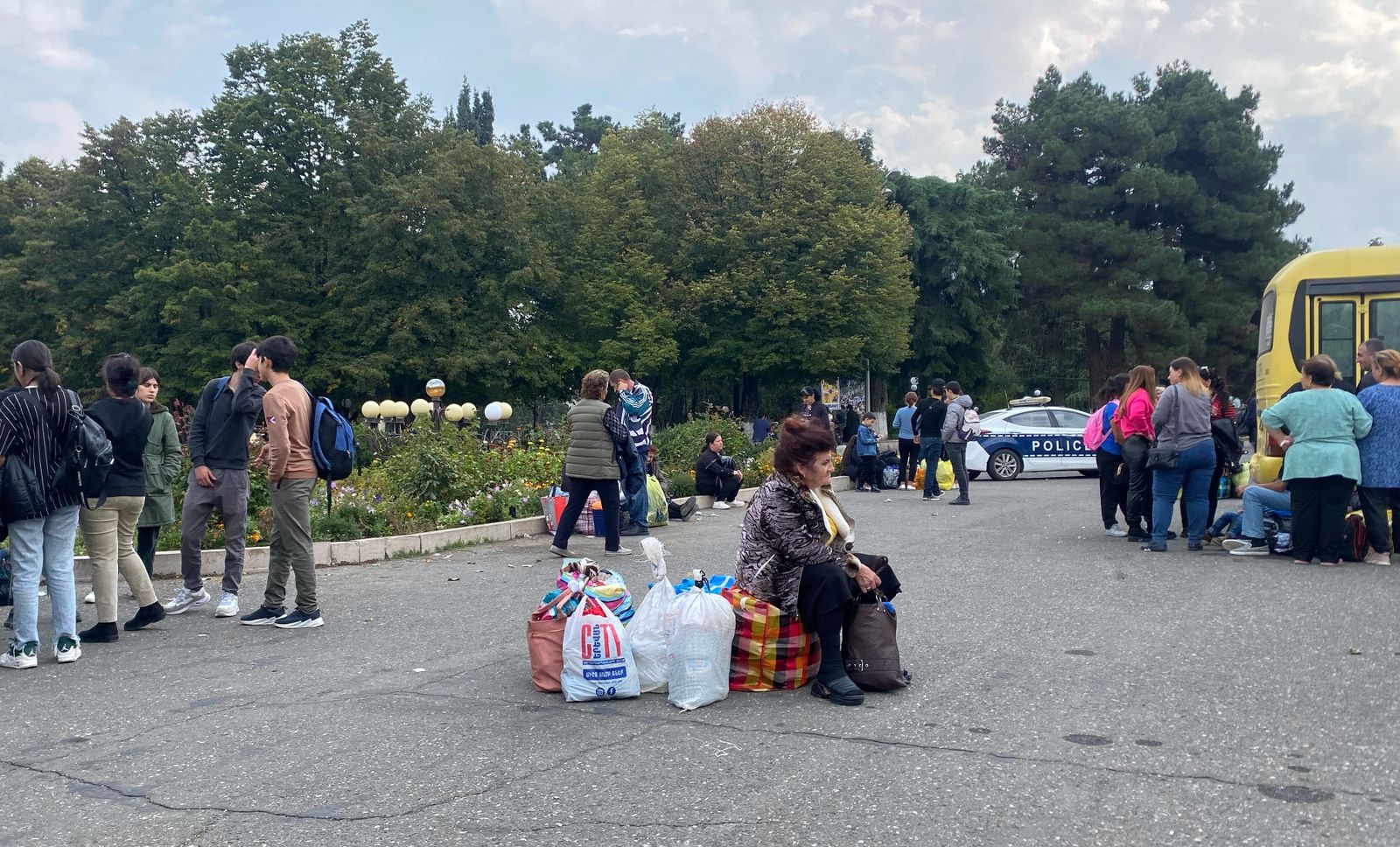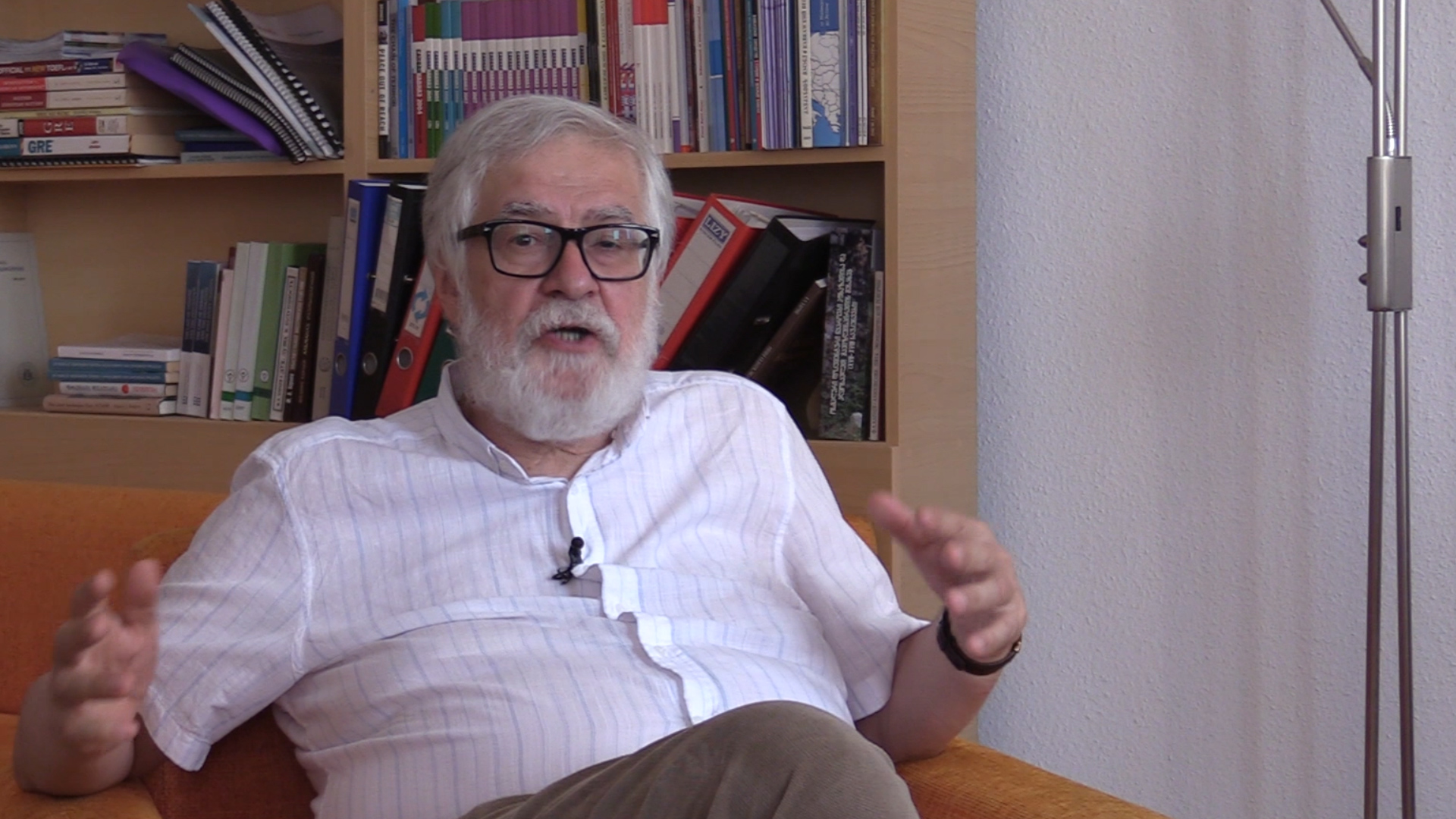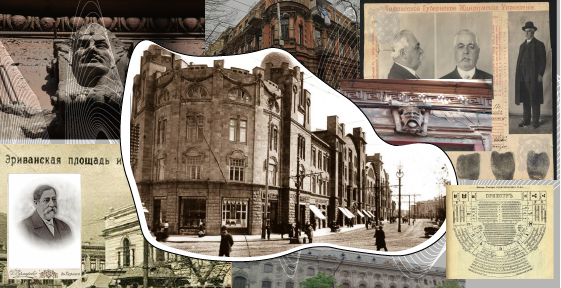International organizations did not, in any way, impose on the Government of the Republic of Armenia the obligation to grant a specific status to the forcibly displaced population from Artsakh. They understood that the situation in our case is somewhat different and that the Government itself must decide whether Artsakh residents are citizens of Armenia or, so to speak, refugees.
“I have brought my passport with me. Essentially, this is an Armenian passport and does not differ from it in any way. If you read the Law on Passports of the Republic of Armenia, you will see that even the cover and the content of the description do not differ from a passport confirming Armenian citizenship,” said Gegham Stepanyan, the Human Rights Defender of Artsakh.
After the forced displacement and the recognition of Artsakh residents as refugees, the Armenian authorities presented the passports of the displaced persons as “travel documents,” supposedly to ensure that their freedom of movement was not restricted. However, the Human Rights Defender of Artsakh also sees an “inconsistency” here, citing the Law on the Convention Travel Document for Refugees in the Republic of Armenia.
According to Article 3 of this law:
“The cover of the document is blue. The upper left corner of the cover is lined with two stripes at a 45-degree angle, 10 mm apart and 3 mm thick. The words ‘REPUBLIC OF ARMENIA’ are printed at the top of the cover. The coat of arms of the Republic of Armenia is depicted in the center of the cover. At the bottom of the cover, the words ‘TRAVEL DOCUMENT (1951 CONVENTION OF JULY 28)’ are printed.”
Such wording is never found in the passports of Artsakh residents.
The words “(1951 CONVENTION OF JULY 28)” are never found in the passports of Artsakh residents.
“If we are not full-fledged citizens of Armenia, then how did I obtain an Armenian identification card?” asks the Human Rights Defender of Artsakh, presenting yet another strong argument.
Article 2 of the Law on the Identification Card of the Republic of Armenia states:
“An identification card is a document confirming the identity and citizenship of a citizen of the Republic of Armenia (hereinafter referred to as ‘citizen’), intended for use within the territory of the Republic of Armenia.”
“The document cover is blue in color. The upper left corner of the cover is bordered by two lines, 10 mm apart and 3 mm thick, at a 45-degree angle.
At the top of the cover, the words ‘REPUBLIC OF ARMENIA’ are printed.
The center of the cover displays the coat of arms of the Republic of Armenia.
At the bottom of the cover, the words ‘TRAVEL DOCUMENT (1951 CONVENTION OF JULY 28)’ are printed.”
“These words can never be found on the passports issued to Artsakh residents,” Stepanyan emphasized.
All of this makes it clear that the passports of Artsakh residents fully correspond, in every aspect, to the passports of any citizen of Armenia born and residing in any settlement of the Republic of Armenia. This indicates that placing Artsakh residents under temporary protection in Armenia or granting them refugee status was nothing more than a political decision.
Irina Hayrapetyan





